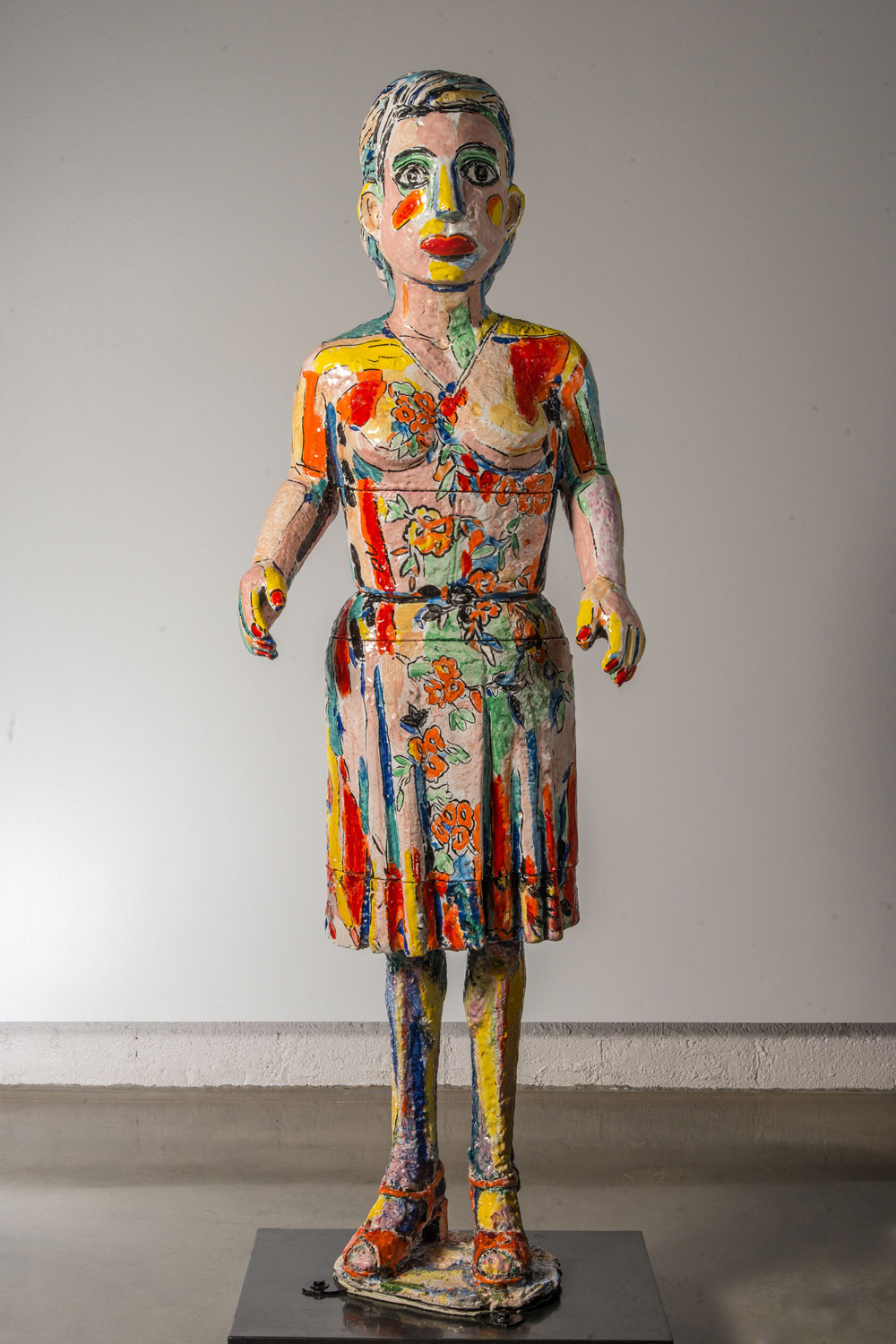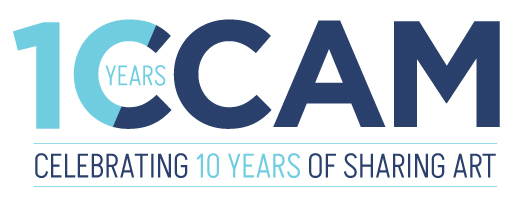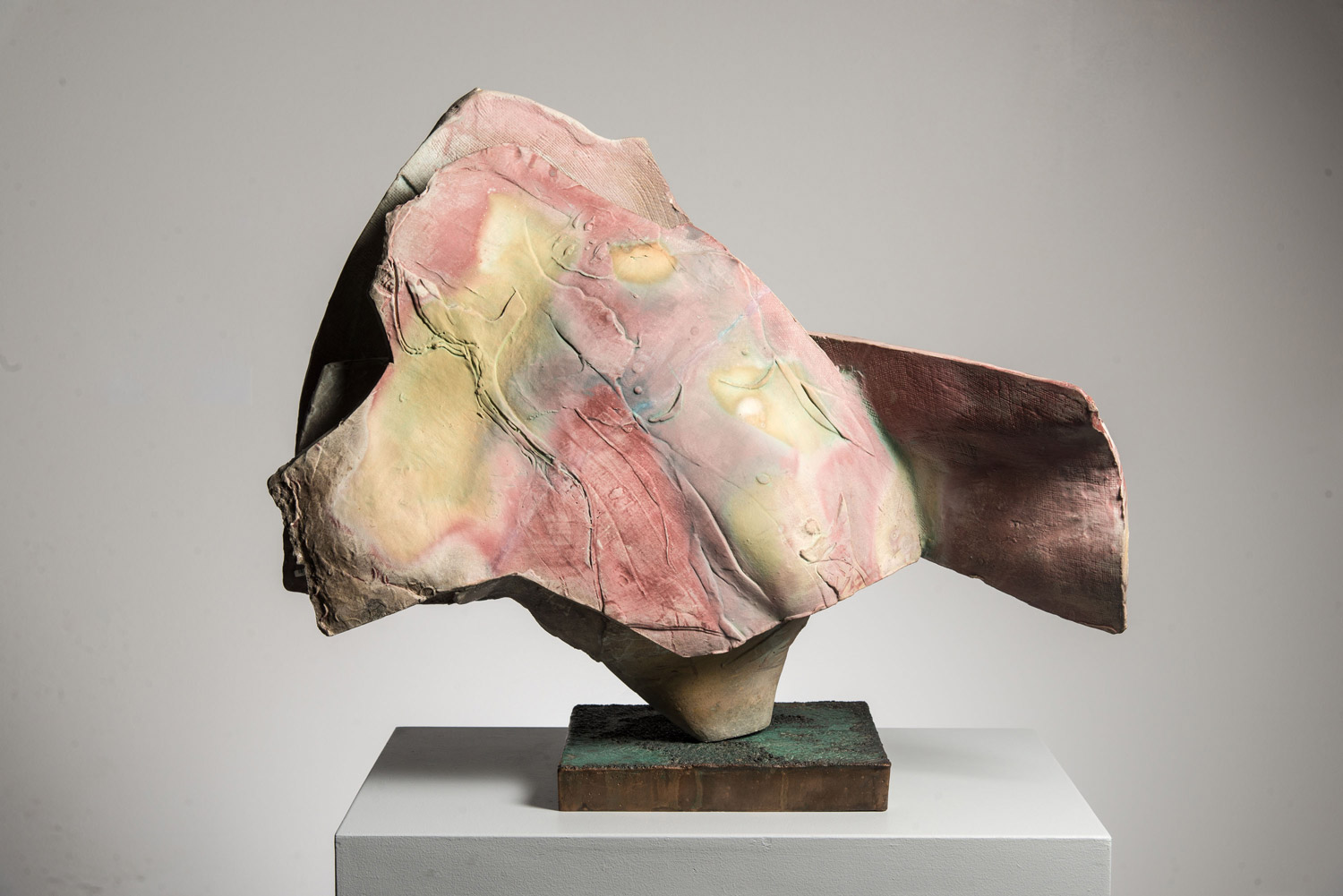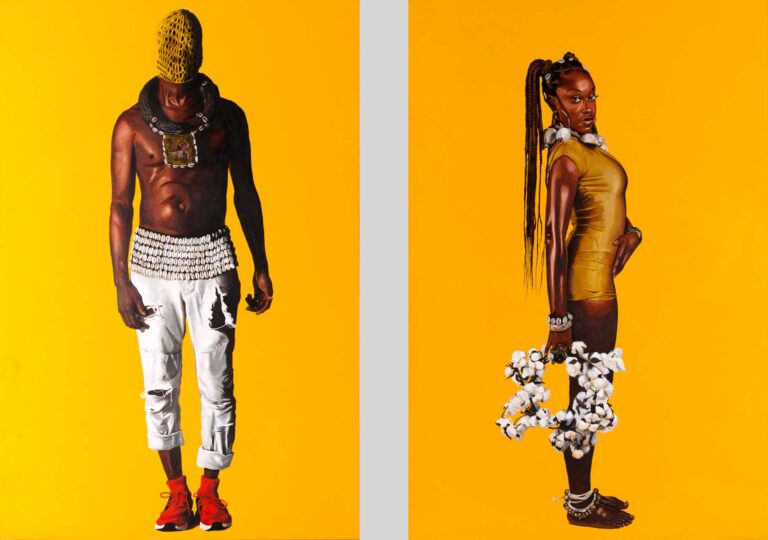VISIT OUR VIRTUAL TOUR FOR THIS EXHIBITION
The second half of the twentieth century saw milestone after milestone in studio ceramics, much of which took place in California. These advances involved many of the artists whose works are in this exhibition.
Jun Kaneko and George Neubert have introduced us to many of them. A number have become our friends. We have visited some in their studios. Still others, we met through the Bemis Center for Contemporary Arts, KANEKO and Anderson Ranch.
We feel fortunate to have been able to add their works to our collections and are proud to present California Clay: The Big Bang at Assemblage.
We thank the CCAM director, staff and volunteers, our curator, our installers, and the many others those who made this exhibition a reality. We’re particularly indebted to the pioneer experimental potters whose passion for clay, exuberant missionary spirit for the medium and perseverance never wavered.
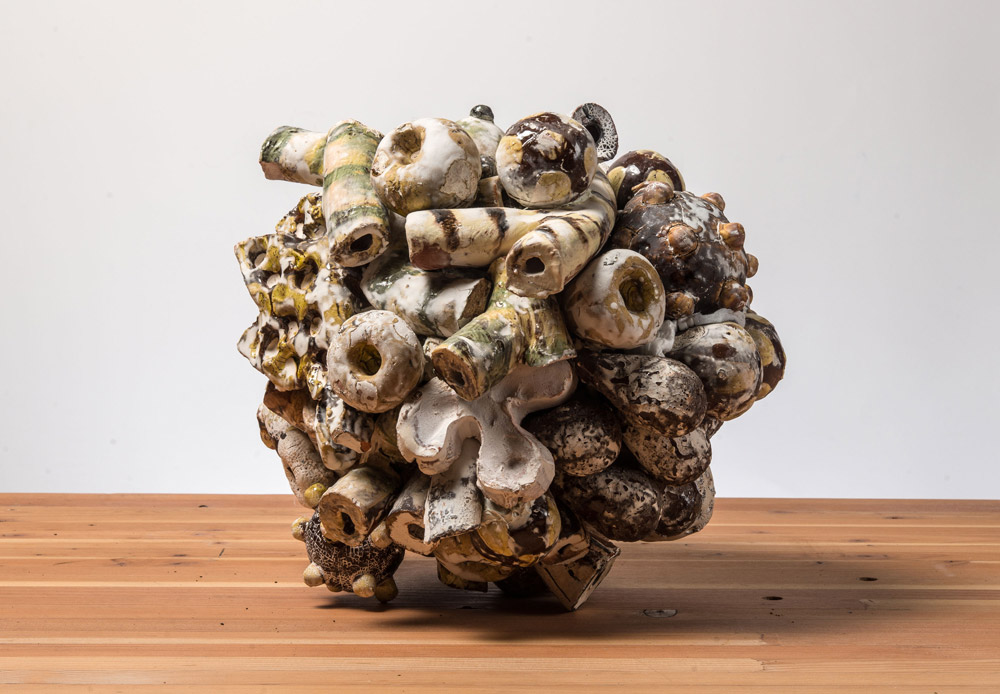
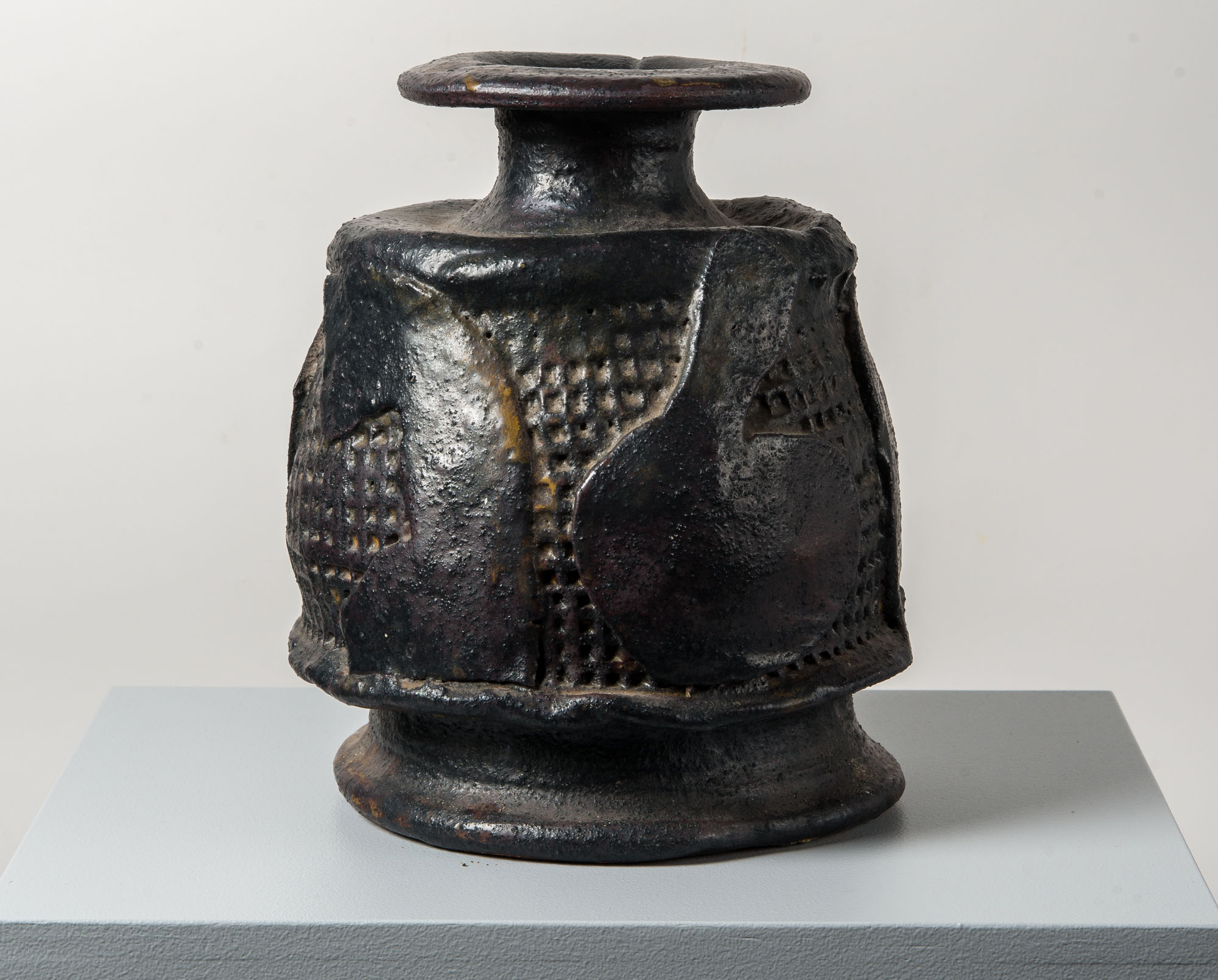
Exhibition Statement
Ceramic art seems to bring out the down-and-dirty, mud-pie loving child in each of us. We can’t help but respond to today’s breath-taking diversity of works, which range from earthy to brightly hued, from utilitarian to non-functional, from small and intimate to enormous, and from exquisitely crafted to boldly expressionistic. That creative explosion in clay began a mere eight decades ago, with a handful of imaginative, intelligent, brash malcontents who couldn’t be held back. California Clay: The Big Bang offers a look at the roots of this California clay movement.
After the end of World War II, a torrent of veterans enrolled in American colleges and universities. Many had learned from fellow servicemen that while the military could take away virtually everything – cars, houses, jobs, families and freedom of choice – education was integral and permanent. Starting in 1944, the G I Bill covered tuition for any veteran who wanted a college education. Artists who took advantage of the opportunity included Peter Voulkos, Paul Soldner, Stephen De Staebler, Robert Arneson and Ron Nagle.
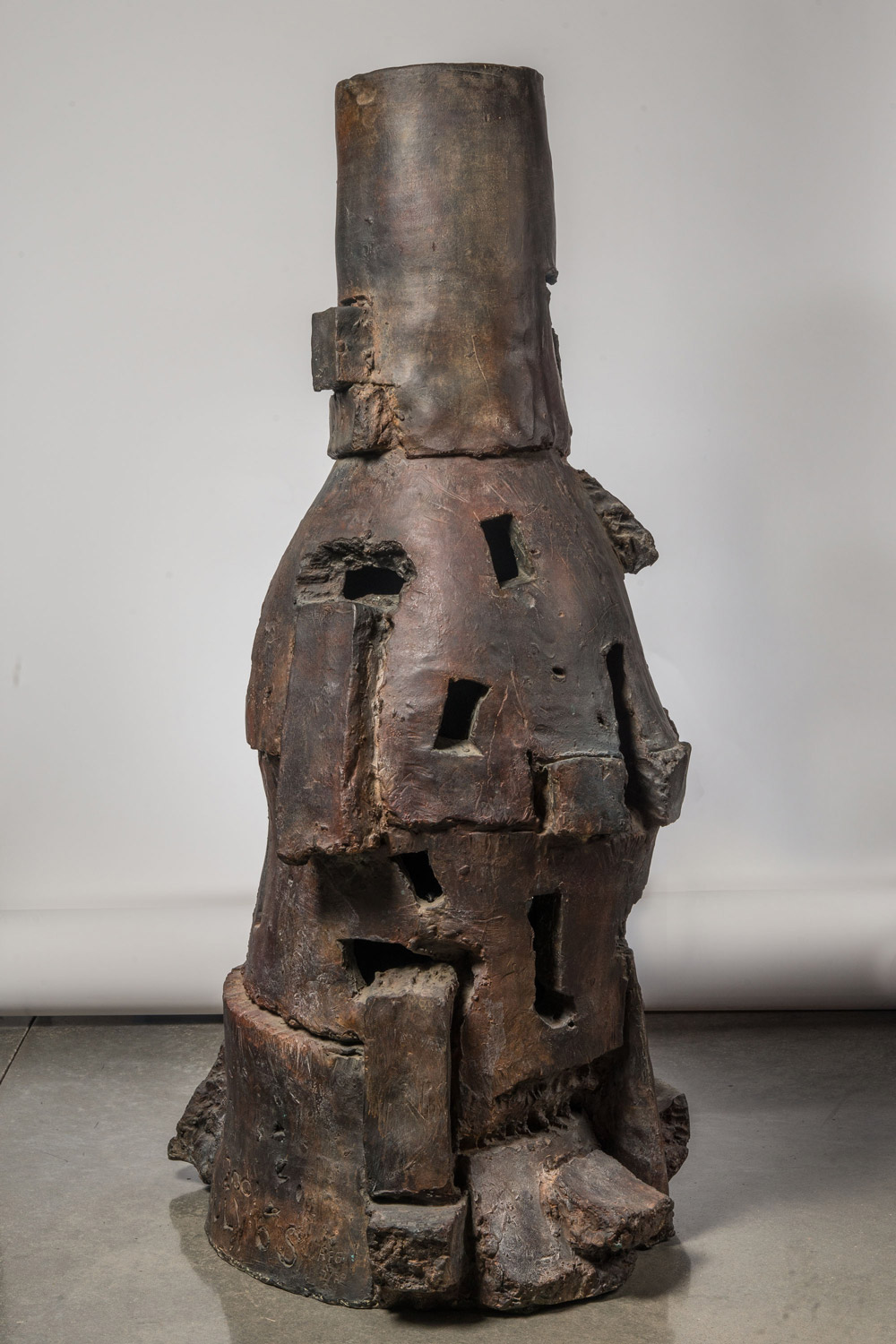

Besieged by the registrations, schools had to scurry to provide programs, faculty, space and equipment. Because veterans were older, more experienced and more driven in their eagerness, they sometimes shared in accomplishing these changes.
In 1953, Voulkos, who had earned degrees at Montana State University and California College of Arts and Crafts, was hired to establish a ceramics program at Los Angeles County Art Institute (later Otis). Teaching was just a small part of the job. Voulkos and his students bought, built and jury-rigged potters’ wheels, mixers and kilns. When the University of California, Berkeley, asked him to do the same in 1959, he knew what to do.
Voulkos’s passion for clay and its potential as an art form was infectious. He and his students at Otis had reveled in trying to push the medium to its limits in scale and expression. His protégés Paul Soldner, Jerry Rothman, Ken Price and John Mason would move on to their own distinguished and influential careers.
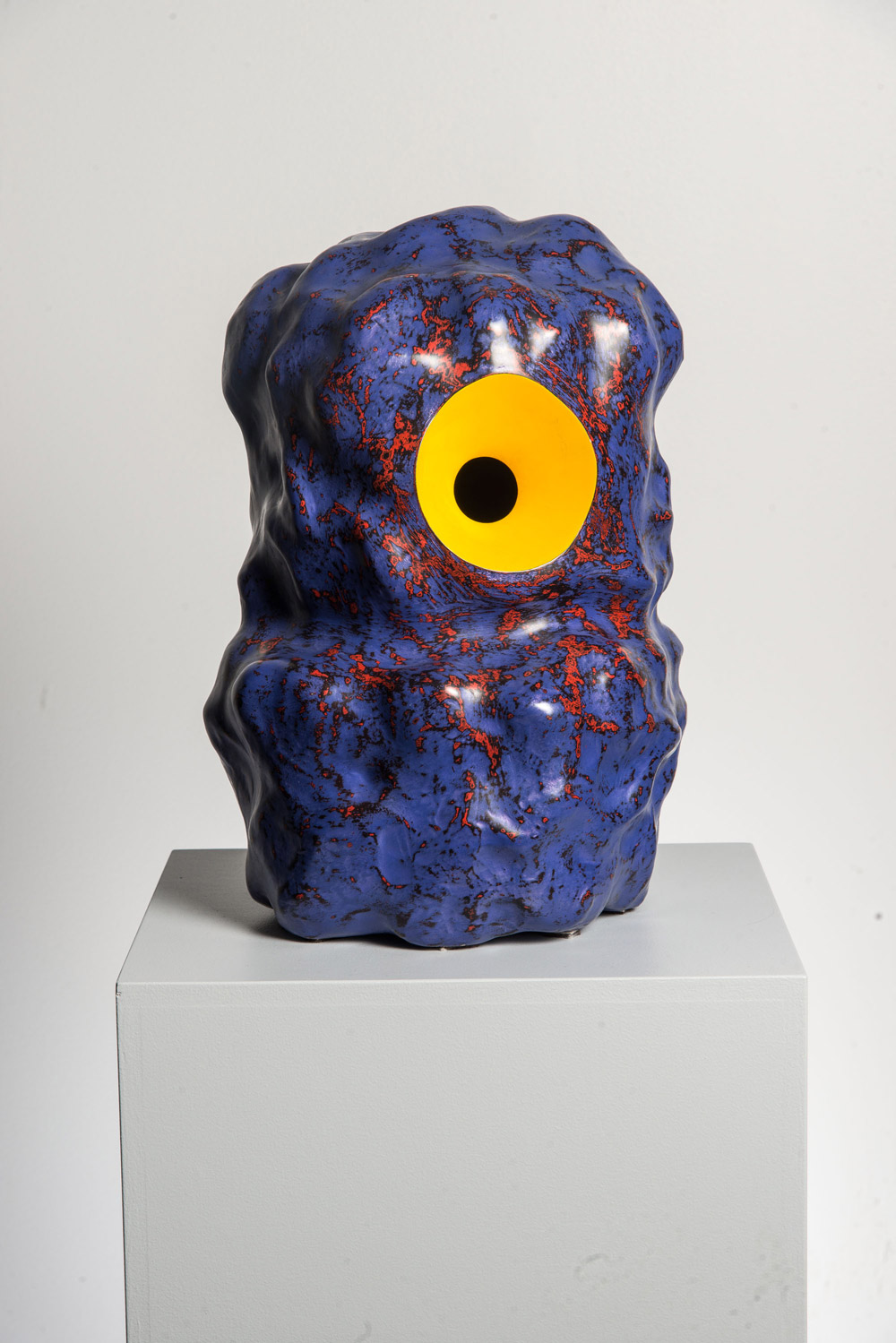

Artists such as Jun Kaneko followed Voulkos to the Bay Area. There, he found that his mentor was not only continuing to motivate students such as Stephen De Staebler, he had also connected with previous classmates who were creating their own groundbreaking ceramic art. Robert Arneson, Manuel Neri, Nathan Oliveira, Viola Frey and David Gilhooly were beginning to create sculptural works that gave unprecedented attention to content and surface embellishment.
This audacious, no-holds-barred insolence didn’t come without a price. Traditionalists and believers in meticulous craftsmanship were appalled. In response, artists such as Arneson, Nagel and Gilhooly doubled down by creating brash, scatological, sexual imagery that earned them the designation as originators of the California Funk Movement.

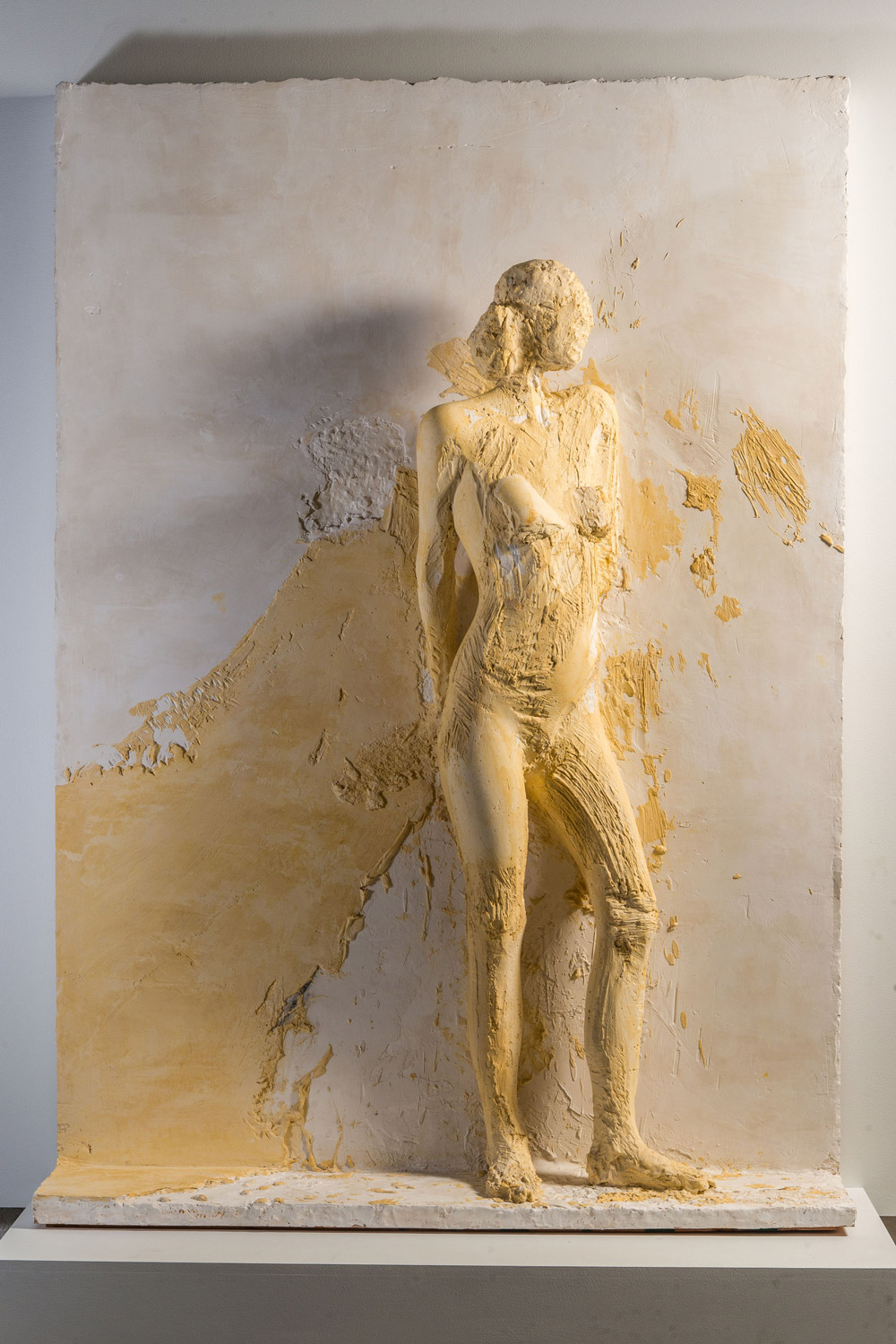
The whole scene was aggressively masculine. Yet, in this mix were women who persisted. Roseline Delisle, Nina de Creeft Ward and, particularly, Viola Frey struggled to meet the challenge by working hard, networking with other female ceramists and mentoring students. Annabeth Rosen, head of ceramics at the University of California-Davis, has continued the tradition by mentoring women such as Claudia Alvarez.
All of the artists in this exhibition influenced students and peers. They, in turn, have encouraged, instructed and activated other aspiring ceramists to allow the chance of successful innovation to overrule the fear of failure.
